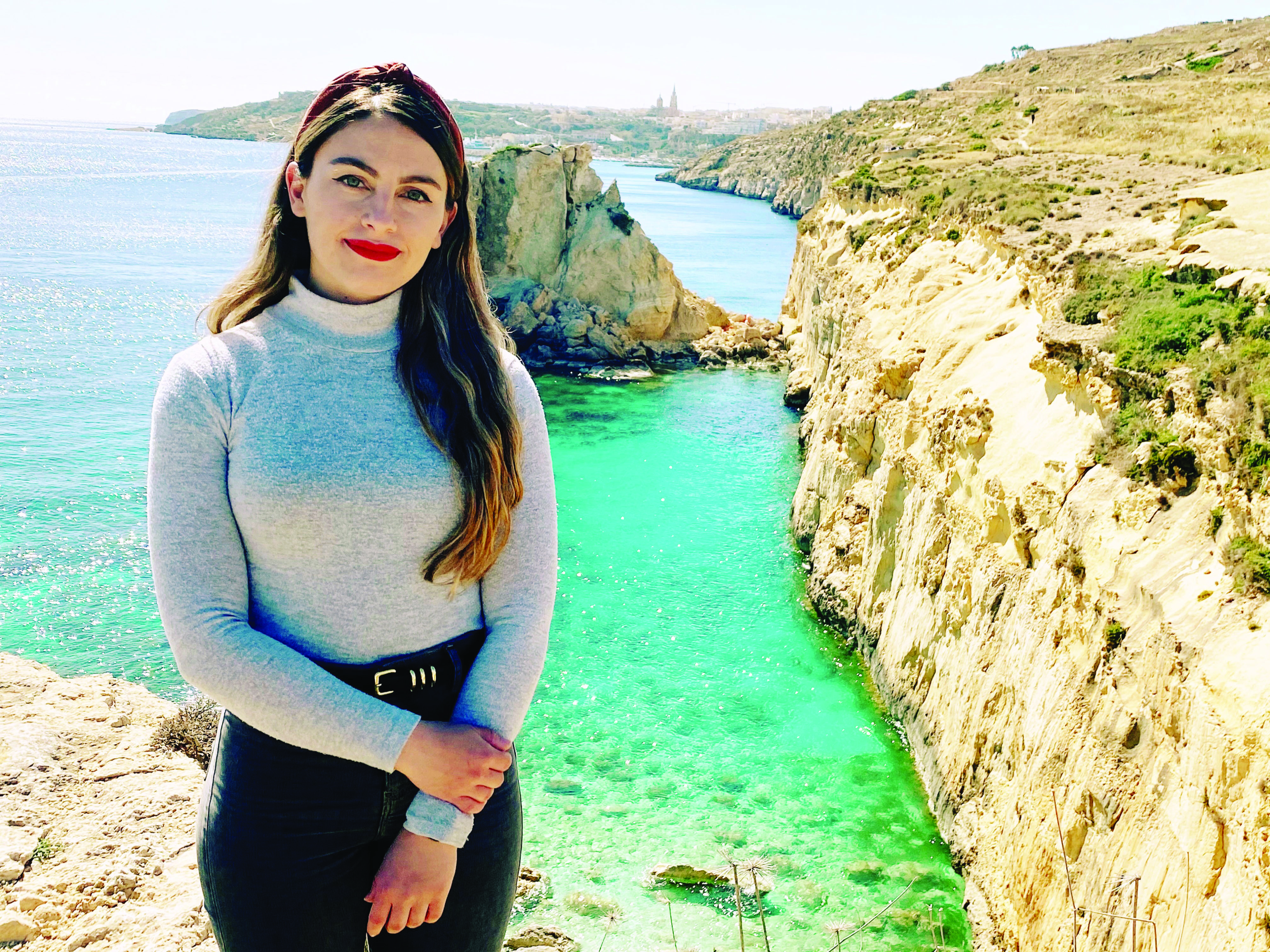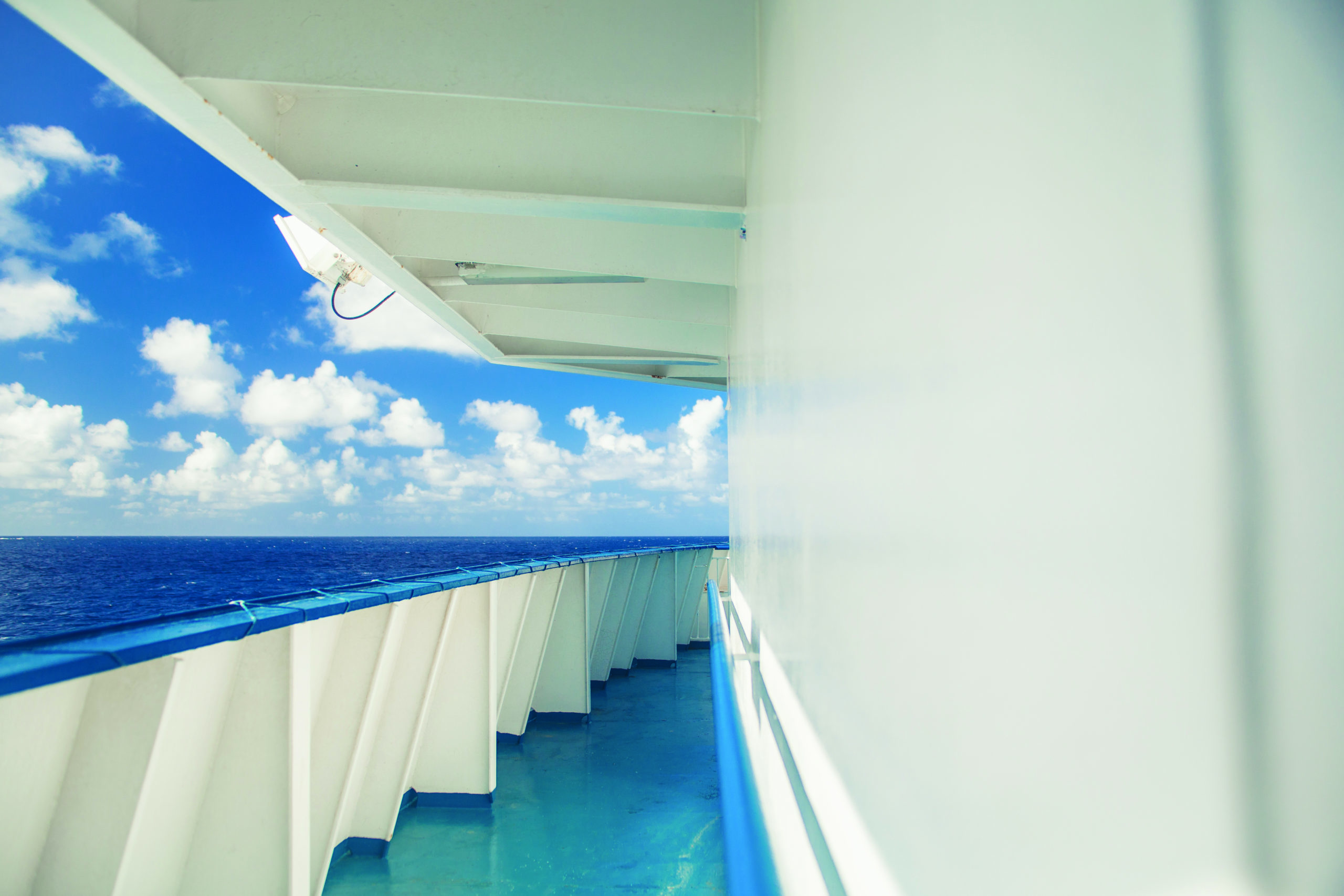Travel time studies are important for transport geographers, especially on island archipelagos. Small islands like Gozo depend on outside links for their infrastructure. My (Marthese Cini) research study focused on Gozitan commuters working in Malta and the recent discussions on ‘connecting’ the islands. Specifically, I studied whether a ferry or a tunnel would be more suitable for their needs.

Travelling is central to our lives. It’s needed to work, shop, and visit friends or family. Travel is commonly seen as a burden that takes time and money. People’s travelling behaviour is important to consider. It can help identify and understand which mode of transport commuters use the most and why, as well as the reasons behind certain destination choices. To decide on their mode of travel, communtors consider the distance of the trip and its purpose, travel time, safety, perceived comfort, service quality, and other factors. Gozitans that commute to Malta for work are classified as extreme commuters.
My research showed that the average Gozitan commutes around 4 hours per day. For daily commuters, that’s 20 hours per week. In European countries such as Sweden, the Netherlands, and France, as well as the United Kingdom and Switzerland, commuters who face long trips (more than two hours, minimum three times per week) total between 5 and 10% of the commuting population. Gozitans are commuting longer than most of Europe!
There are few publicly available studies about Gozitans’ concerns over travel time and their attitude on infrastructural changes. In my research, I sent a questionnaire survey to 350 Gozitan commuters. The majority of commuters were against the building of the proposed tunnel (63.7%) and were in favour of a fast ferry service between Valletta (in Malta) and Gozo (65.7%). If a tunnel was built, participants felt that Gozo would lose its character and identity. The fast ferry service was popular with Gozitans who worked in or near Valletta. Commuters were also satisfied with the addition of the fourth ferry, since this considerably improved the existing ferry service.
This research can help inform decision makers. By taking various considerations, economic, social, and environmental into account, it becomes easier to develop a strategic solution that addresses Gozitan concerns. Should we look at the short to medium term gains of implementing a faster ferry service, or should we look at the longer term costs and benefits of constructing an underwater tunnel? The answer isn’t simple, but it requires research to answer.
This research was carried out as part of the Master’s Degree Programme in Geography at the Faculty of Arts, University of Malta under the supervision of Prof. Maria Attard.





Comments are closed for this article!